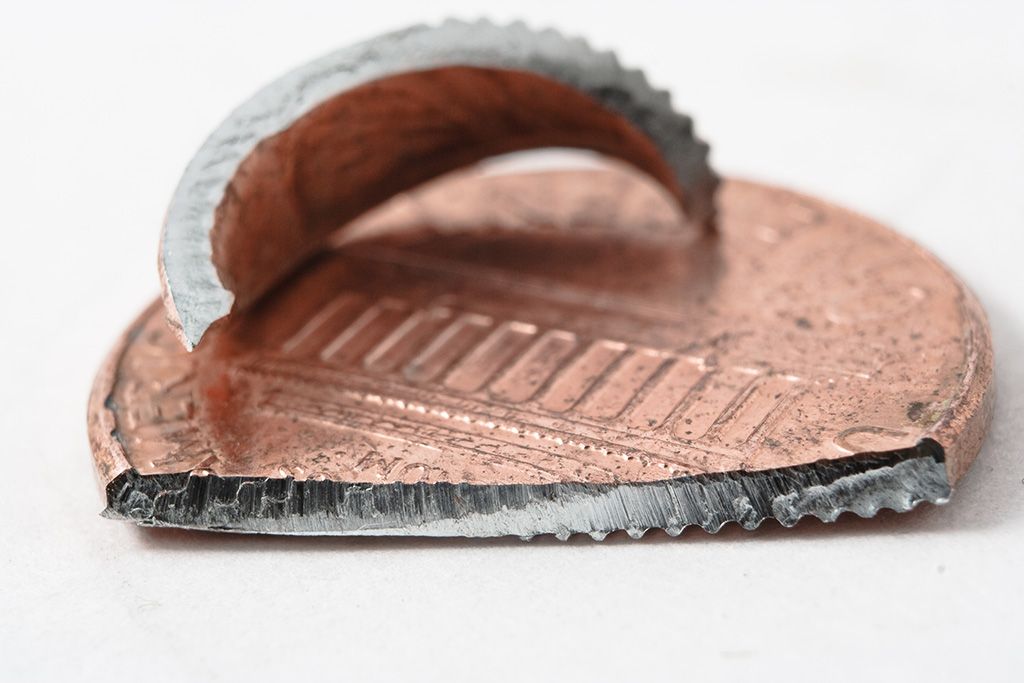The Last Satoshi - Part 2 - Pennies and Mining
Part 2 of a multipart series on fiat and bitcoin's intrinsic (and extrinsic) value
Part 1 here
The Penny's Intrinsic Value
So like the dollar, euro, and yen, Bitcoin is inherently worthless. Or is it? Physical currency, even paper currency, takes some material and energy to produce. People don't generally think about this, but the value of a penny is technically about 1.79 cents worth of metal (given the going exchange rate of dollars to pennies).
This means you could technically have a bank give you a bunch of pennies, melt down the metal and sell it for 79% profit on materials. Why don't people do that? Well since the coins are backed by the US Government, you run the risk of having the US government shutting you down if you were found. A quick calculation involving the price of energy, heat of fusion, and resale value of copper and zinc would determine economic viability regardless. But that's another post ;)
Mining Bitcoin
The point here is that currency systems require some resources to maintain. Pennies are made of copper and zinc, both of which have a very predictable market value. The only reason the penny isn't worth 0.07 cents is that a large organization with guns says so. Bitcoin, on the other hand, has no such organization backing it by design. We should, at least in principle, be able to perform a similar analysis on the smallest unit of Bitcoin, the Satoshi, and value it on the underlying resources it commands.
Unlike cash, Bitcoin isn't represented by a precious metal. It's strictly a digital tally stored on the computers of every user on the bitcoin network. When someone "spends bitcoin", they simply tell everyone else who's participating in the currency system that some of their digital tallies (aka "Bitcoins") should be transferred from the sender's address to the recipient's address. If the message is signed correctly, everyone updates their personal copy of the ledger and the cycle repeats.
Wait, where's the magical blockchain everyone's talking about?
That's actually used to establish the order in which transactions took place. Since no one is allowed to have a negative balance, everyone needs to establish that you've first been paid (or mined) at least as much as you intend to spend. This is where that energy-intensive cryptographic "mining" process happens.
The bitcoin protocol turned an obscure antispam technique into a kind of notary service. Anyone on the network can opt to notarize transactions. They partake in a computationally expensive cryptographic puzzle involving all the transactions that everyone else currently wants notarized. The first winner of the notary game must shout out their solution and all the transactions they used to construct their solution to everyone else. This group of transactions is called a "block", and the process of notarizing them called "mining". So-called "notarizers" are better known as "miners". Blocks must be announced with a reference to a previously notarized block, hence the term "blockchain". This way, you don't have to ask "the man" whether a notarized block is indeed legit. Rather, there's an inductive process where everyone agreed well, that last block was legit, and this one seems legit and references one we agreed upon, therefore this block shouldn't be any less legit than the one we previously agreed upon. Anyway, if everyone else agrees the cryptographic puzzle was correctly solved using the transactions in the new block, those transactions are considered notarized, and everyone's balance is updated. The puzzle is designed to get harder as miners get faster, ensuring that blocks of transactions can only be notarized at a certain rate (about 10 minutes per block for Bitcoin).
You're allowed to offer part of your transaction as a fee to miners. Miners will receive fees from the transactions if they use them to construct the next block. They will, of course, try extra hard to use the transactions with the highest fees to solve the next cryptographic puzzle.
OK, now that we've covered mining, we'll use it to put a cap on how much a Satoshi could ever be worth in the next part

include a link to the last post please
Thanks for the tip. Just did.